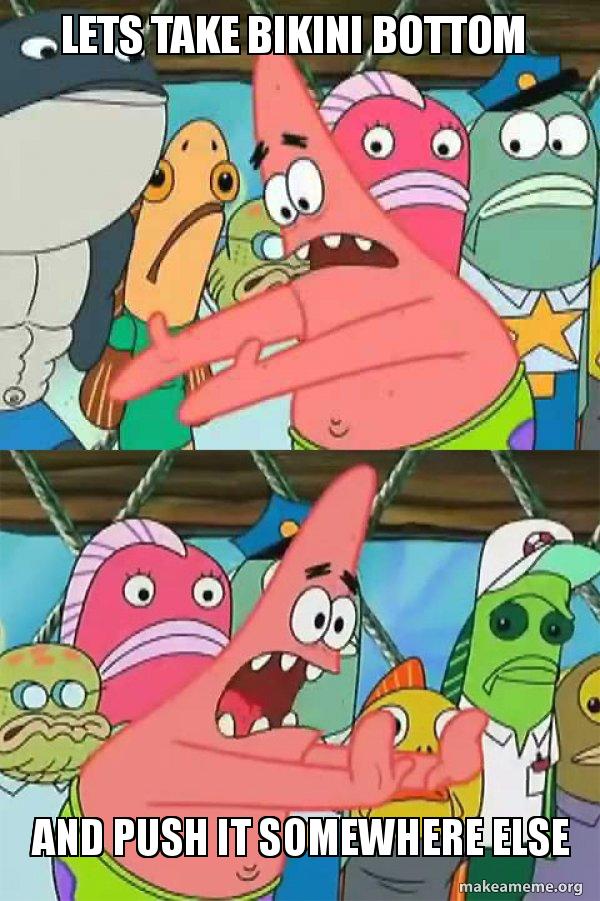cross-posted from: https://slrpnk.net/post/8079352
Instead of putting in more drainage pipes, building flood walls and channeling rivers between concrete embankments, which is the usual approach to managing water, Mr. Yu wants to dissipate the destructive force of floodwaters by slowing them and giving them room to spread out.
Mr. Yu calls the concept “sponge city” and says it’s like “doing tai chi with water,” a reference to the Chinese martial art in which an opponent’s energy and moves are redirected, not resisted.
This article is a bit late to the party. This has been an important concept in urban design for a long time now. Even before the sponge city concept was mainstream, people were creating similar projects.
Of course, in most cities they are too scattered to make a big difference. I can think of maybe a half dozen projects in this vein in my city which might take the edge off some local floods but it doesn’t solve the problem. As the article points out, you need to transform the landscape of much of the city to make it effective. In my view this will only be possible by removing significant car infrastructure.
The article mentions the program was started in China in 2015, and I’m sure it’s been done elsewhere earlier. But I don’t think it’s a problem to keep talking about, since a lot of people won’t have heard about it before.
Fair point, I didn’t mean to imply that. You are probably right that it’s new to most people.
In my view this will only be possible by removing significant car infrastructure.
Throw it on top of the pile of reasons to do that!
It sounds reasonable to me, like how cars absorb the energy of an impact, instead of trying to resist it. Is this being done anywhere else?
So you’re suggesting we drive all the cars into the ocean… crazy, but it just might work!
Yes. The title is clickbait, it’s been practiced in urban planning for a long time now
It sounds like LA has been implementing it for a bit and it’s starting to pay off
https://www.wired.com/story/los-angeles-just-proved-how-spongy-a-city-can-be/
This sounds like an interesting idea and made me think of another brilliant plan from Patrick the Civil Engineer





